Do you know that the prominent, notable, and only surviving dye pit which is located in Kofar Mata Kano has been in existence for over 500 years and is still functional?
Research has it that textile production dates back to the early 9th century and was well known for the rich variety of designs, colors, materials, and production techniques. Of the craft used in production and processing are the tie and dye: the fabrics were formed by the weaving process using raffia, silk, and cotton and then dyed in blue indigo.
The first documented note about fabric dyeing dates back to 2600 BC. Dyes were naturally spin-offs of vegetables, plants, trees, lichens, and insects. Some of the dyes that have been used in ancient times were indigo, alizarin, Tyrian purple, yellow, and logwood.
Dyeing in Northern Nigeria

In Northern Nigeria, dyeing was carried out in Zaria as well as in Kano. Today, only the well-known Kofar Mata dyeing pits of Kano have survived which now serve as the tourist site.
Founded in 1498, the Kofar Mata pits are said to be the oldest in Africa and are the only survivor of Kano’s dye trade – which once encompassed 13 pit complexes. Located close to the city’s central mosque and Ganuwa at the same time along the emir’s palace road, its colors have adorned the fabrics of Kano’s traditional rulers for centuries.
According to some discoveries, the founders of the Kofar Mata dye pits were the earliest smartest businessmen of Kano city. They cleverly set up this industry in a time when even the western world was yet to be industrialized. The pits have played a meaningful role in economizing the business community of Kano during its time. There are about 100 dye pits at the Kofar Mata dye pits, grounds of about 12 pits below the ground with each pit being about a meter or two from the next.
The purple cotton of Kano was once outstanding throughout Africa’s arid Sahel belt, in the days when the Nigerian emirate was a center of trans-Saharan trade in salt and gold, rivaling the fabled riches of Timbuktu. Now more than 100 pits have fallen into dilapidation and many of them are stymied with refuse and stones.
As patronage dwindles from the dye pits, the tradition started withering with many pit owners seeking greener pastures and very few were interested in practicum.
How The Dyeing Is Done
The dyers use only 3 natural ingredients in carving the dye solution and they are the Indigo plant twigs, ash from burnt wood and potash made freshly at the dye pits. All the ingredients and equipment used are locally obtained and constructed.
The preparation of the indigo dye takes up to a month; then the fabric is soaked for up to several hours for the darkest hues. The men periodically lift the fabric from the pits to drip, saying the process needs to breathe. A dash of potassium holds the color in. When fully prepared, it may last up to a year Many believe the solution has medicinal properties and is sometimes used for traditional remedies.
Role of Kofar Mata Dye Pit As A Tourist Attraction Center
The Kofar Mata dye pits served the purpose of attracting travelers as well as traders across the Sahelian countries to the Kano, thus making it one of the most thriving cities in West Africa.
Traders from all over the country, including neighboring Niger, Mali, and Chad used to visit the dye trunks to buy, among other local fabrics. In the indigo-vegetable dyeing pits, various designs are folded into material before dyeing, and the fabric is often beaten to achieve a decent appearance.
Most fascinating are the techniques employed to achieve colorful looks.
Why Kofar Mata Dye Pit Is Slowly Dying
The historic dyeing tradition appears to have suffered a terrific setback likely due to the economic challenges the country is facing such that the successors of the tradition appeared to have abandoned it for government jobs and or other businesses instead, forgetting the skills passed down through generations.
The near-extinction of the cloth dyeing profession is not only displeasing but also a great impairment to the once blossoming Kano business empire. The heirs of the great profession acknowledged that the founding fathers and predecessors only make a name and not money from the dye profession these days. They lamented that the business activities are not as lively as they were in the past. So the younger generation has no option but to seek subsistence somewhere.

When the business was booming, there were about 270 dye pits in Kofar Mata Kano with thousands of workers comprising men and women, the young and the old. It was one of the major backbones of the state’s economy. Then, the famous guinea brocade and a good chunk of clothes patronized by the high and mighty were dyed at the pit.
Conclusion
Due to the subsiding demand and high inrush of shoddy foreign materials usually from China into the Nigerian market, more than 100 pits have fallen into dilapidation and many of them are occluded with muck and stone
s. The rate at which the historic practice is being passed to the next generation is very slow as many are looking for more practical ways to make living. If demand does not increase, before long the dye profession may fade away with time.

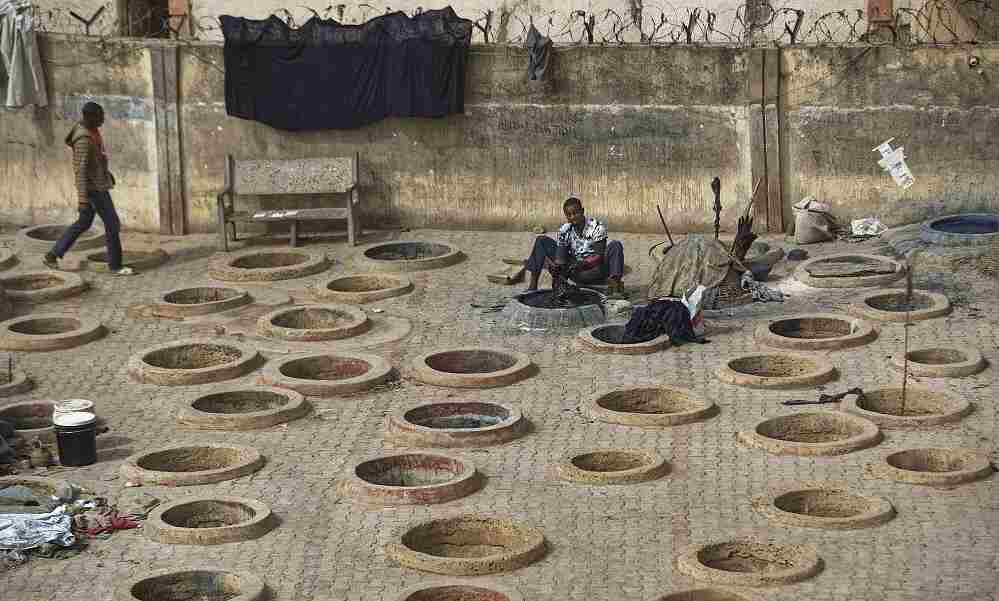


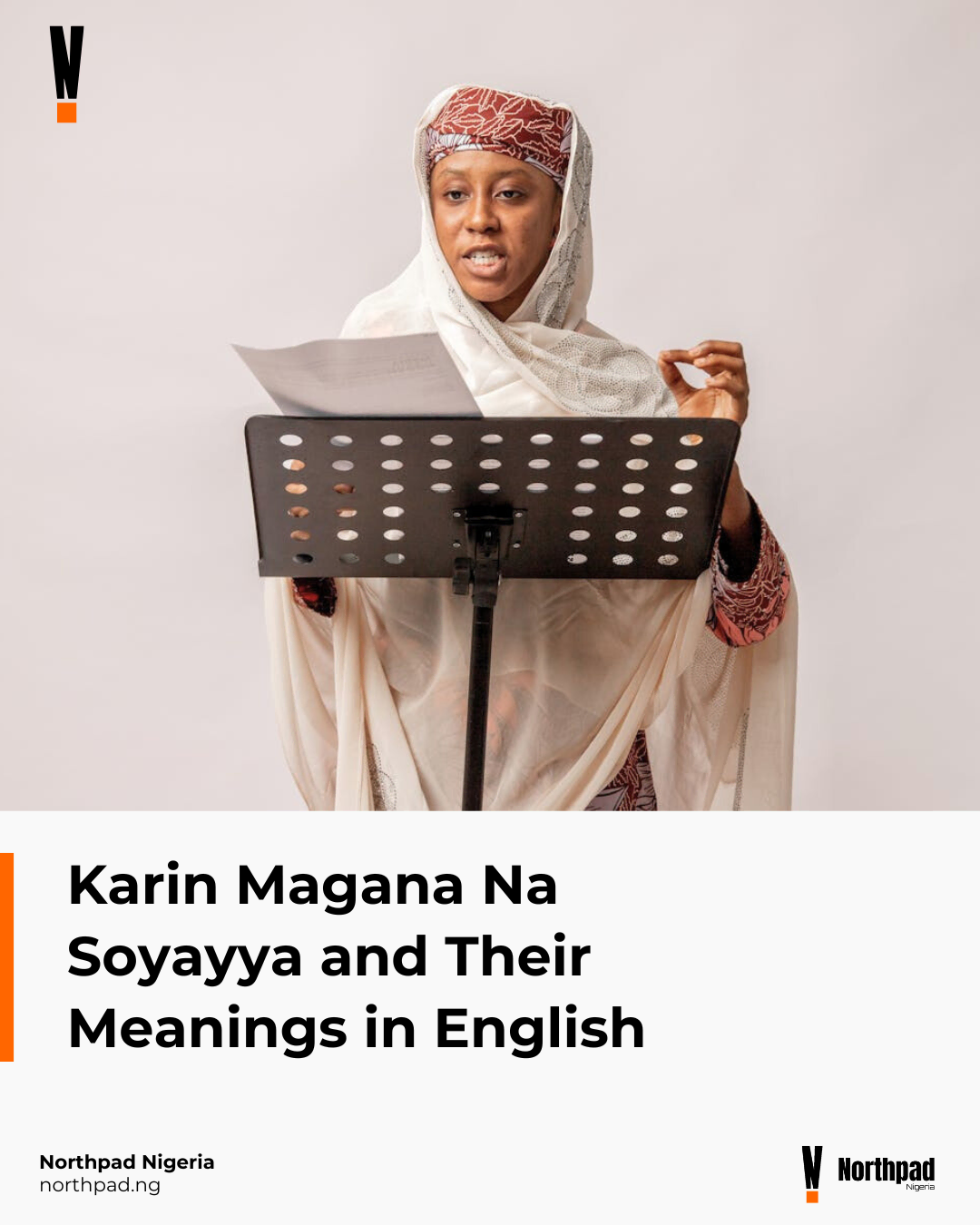
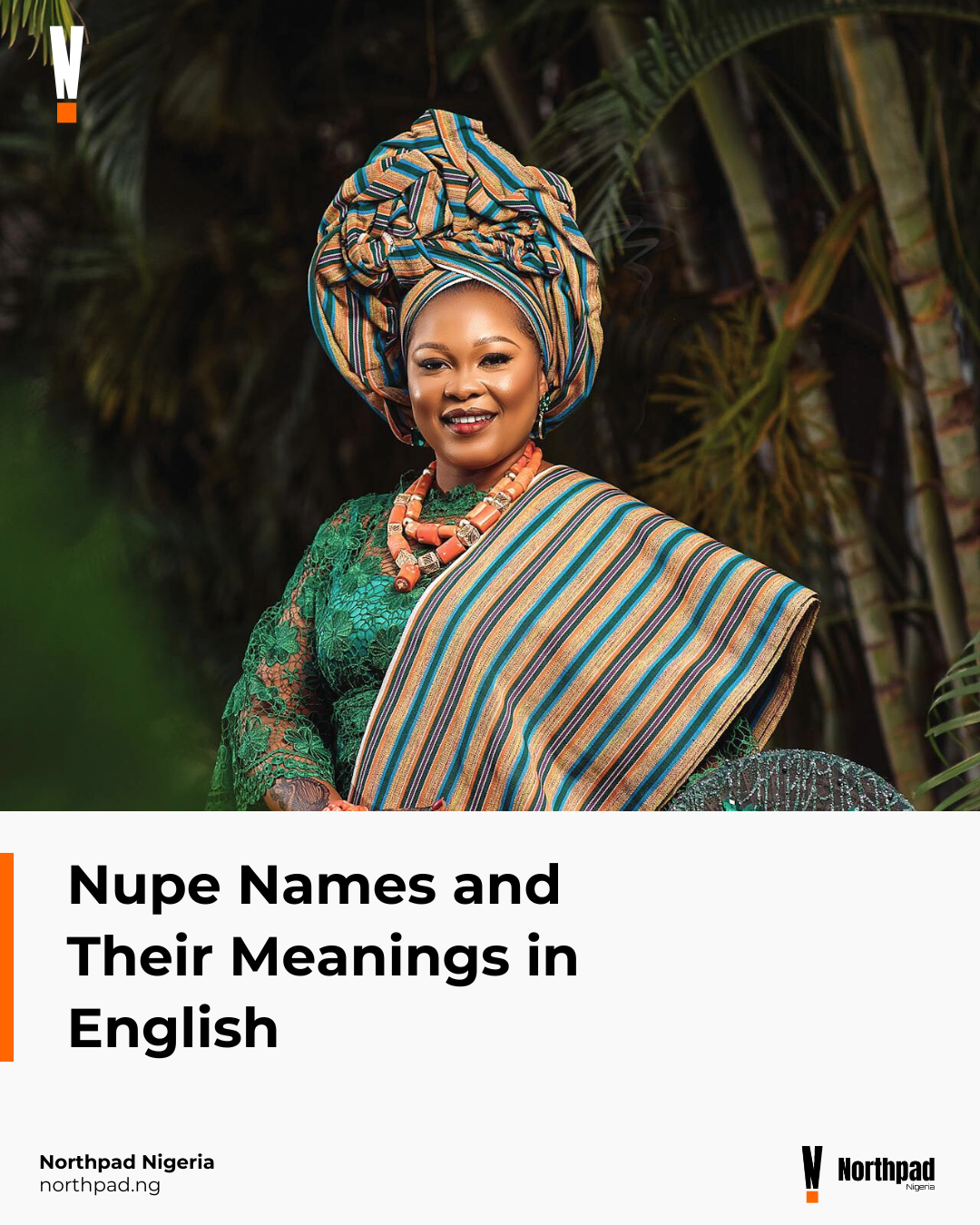
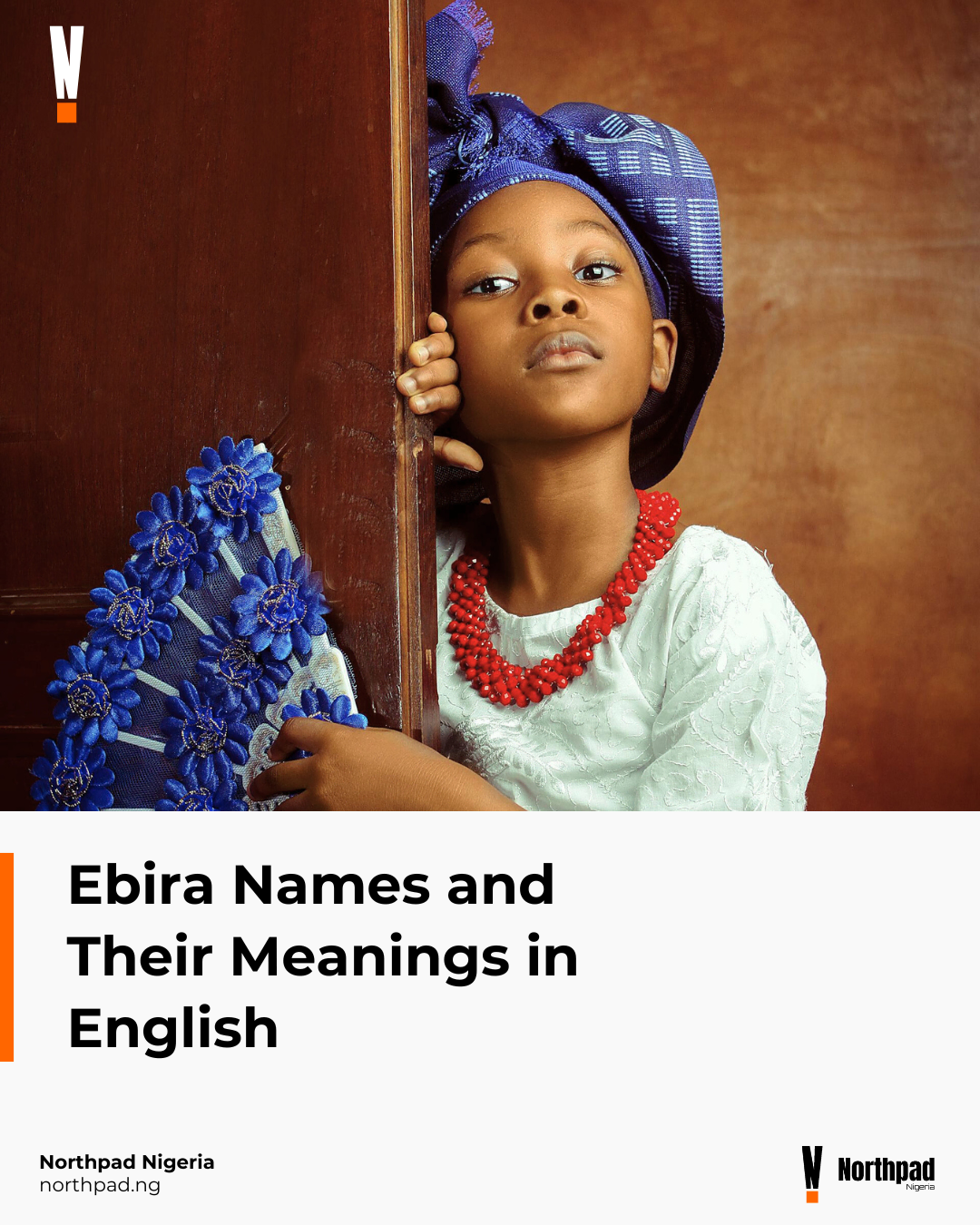
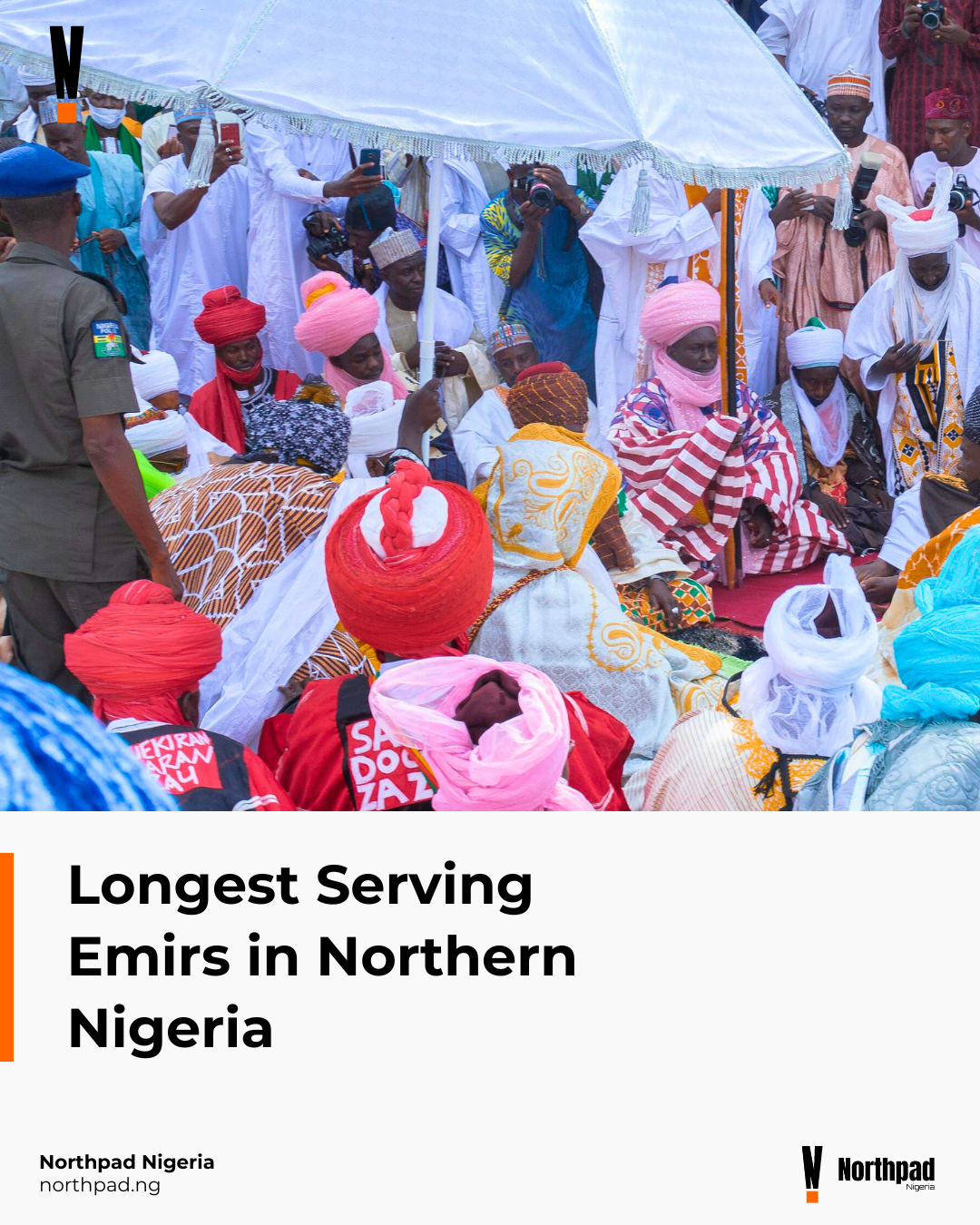


0 Comments